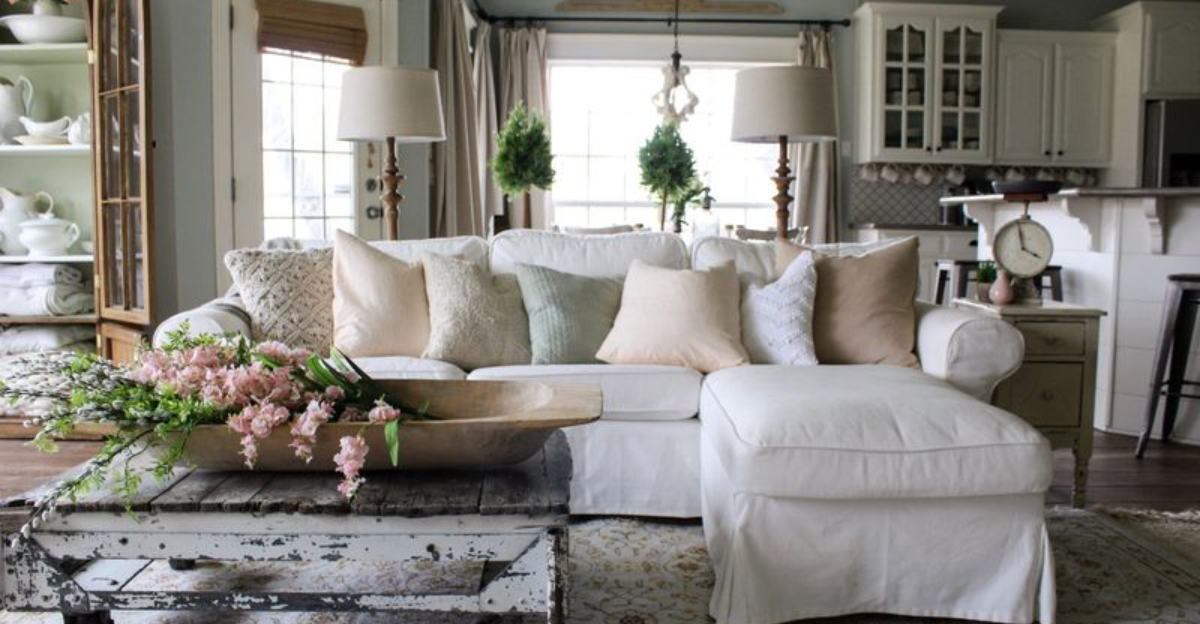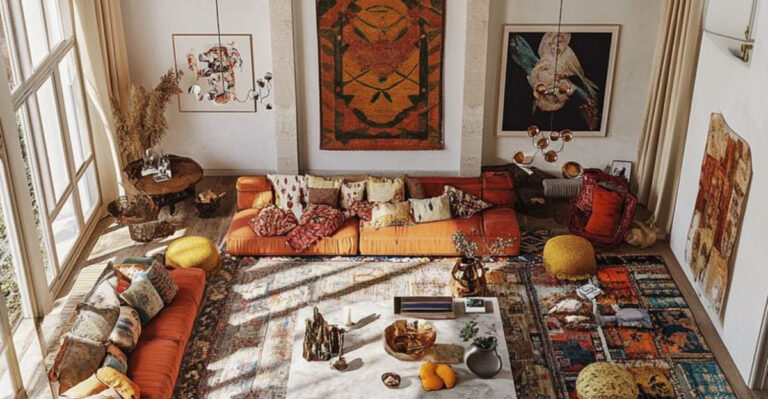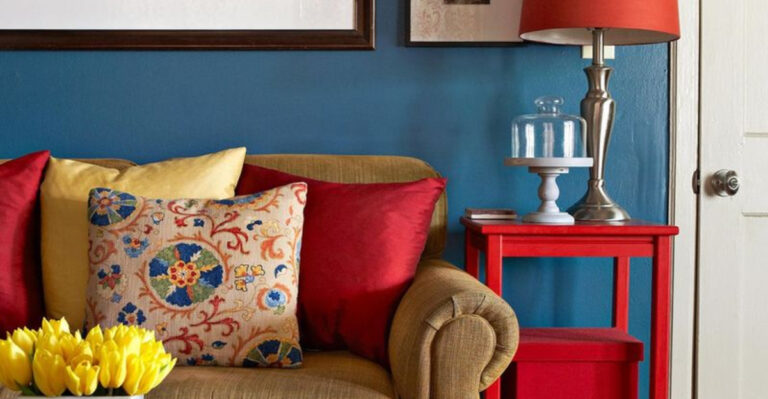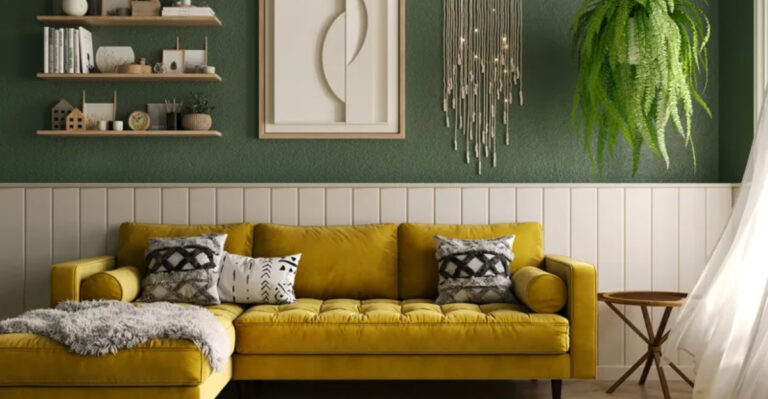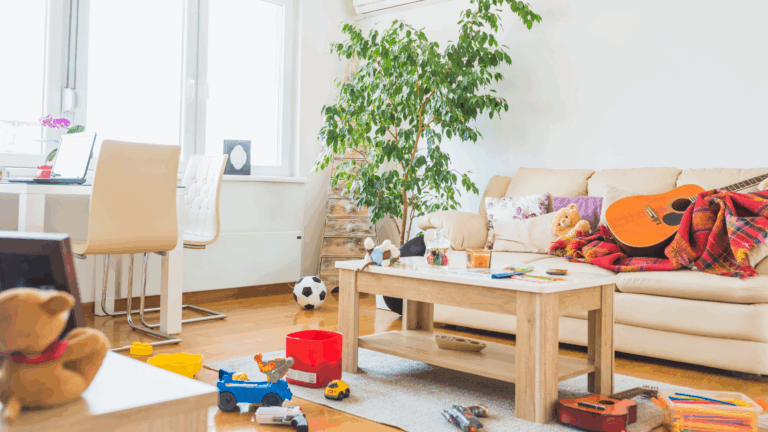15 Living Room Features Designers Highly Recommend (Plus 5 They Actually Use)
Ever look at a designer’s living room and think, How is this even the same planet as mine? Same. But here’s the thing, while pros have their go-to tips for clients, the real magic is in what they use in their own homes.
I’ve always been curious about what actually makes the cut behind the scenes, and now I finally get it. There’s a difference between this looks good and I live with this every day.
So I’m sharing both: the client-approved staples and the personal favorites designers swear by when no one’s watching.
1. Statement Lighting That Commands Attention

Forget boring overhead bulbs that make your room look like a dentist office. Bold lighting fixtures serve as instant conversation starters and room anchors.
Think oversized pendant lights, sculptural floor lamps, or chandeliers that make guests do double takes. The right fixture transforms your ceiling from forgotten real estate into prime design territory.
Smart designers choose pieces that provide both function and drama, creating layers of light that work from morning coffee to midnight Netflix binges.
2. Built-In Storage Solutions That Hide The Chaos
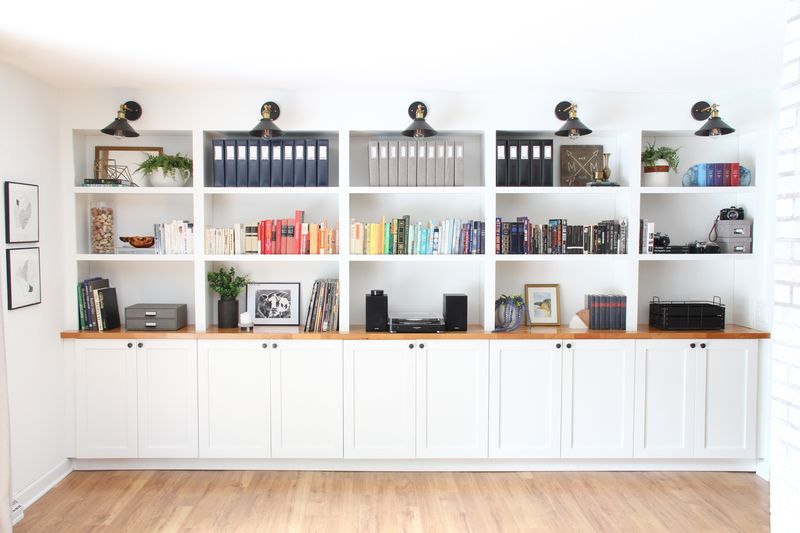
Clutter is the enemy of good design, but life happens anyway. Built-in storage keeps your living room looking magazine-ready while hiding the reality of daily existence.
Custom shelving, window seat storage, and entertainment center cabinets eliminate the need for random furniture pieces that never quite fit right. Everything has its designated hiding spot.
Professional designers swear by these solutions because they maximize space while maintaining clean sight lines throughout the room.
3. Area Rugs That Define Your Space

A properly sized rug is like a magic carpet that pulls your furniture together into one happy family. Too small and your room looks choppy and disconnected.
The golden rule involves getting all front furniture legs on the rug, creating a unified seating area that feels intentional rather than accidental.
Quality rugs also add texture, warmth, and sound absorption while protecting your floors from furniture scratches and daily wear patterns.
4. Multiple Seating Options For Real Life
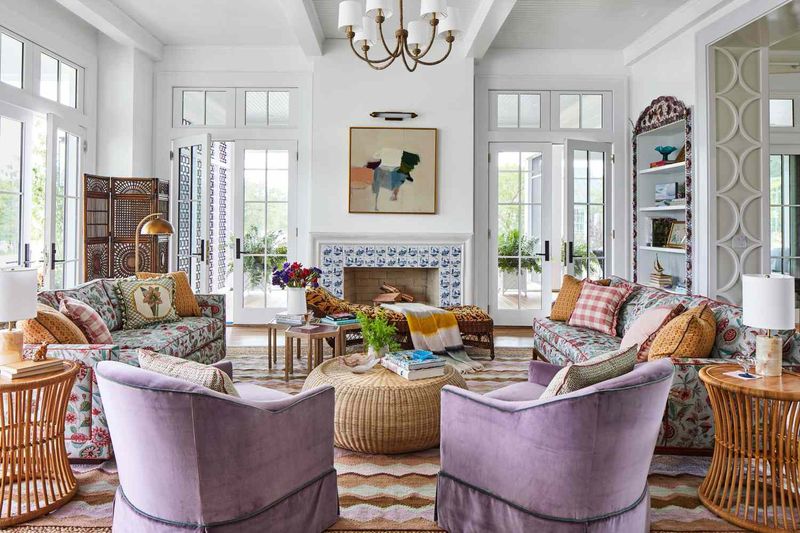
One couch does not a living room make, especially when you actually want people to stick around and chat. Mixing seating types creates natural conversation zones.
Combine sofas with armchairs, ottomans, and even floor cushions for flexible arrangements that adapt to different occasions and group sizes.
Varied seating heights add visual interest while accommodating different comfort preferences, from the ottoman lovers to the back-support-needed crowd.
5. Window Treatments That Frame The View
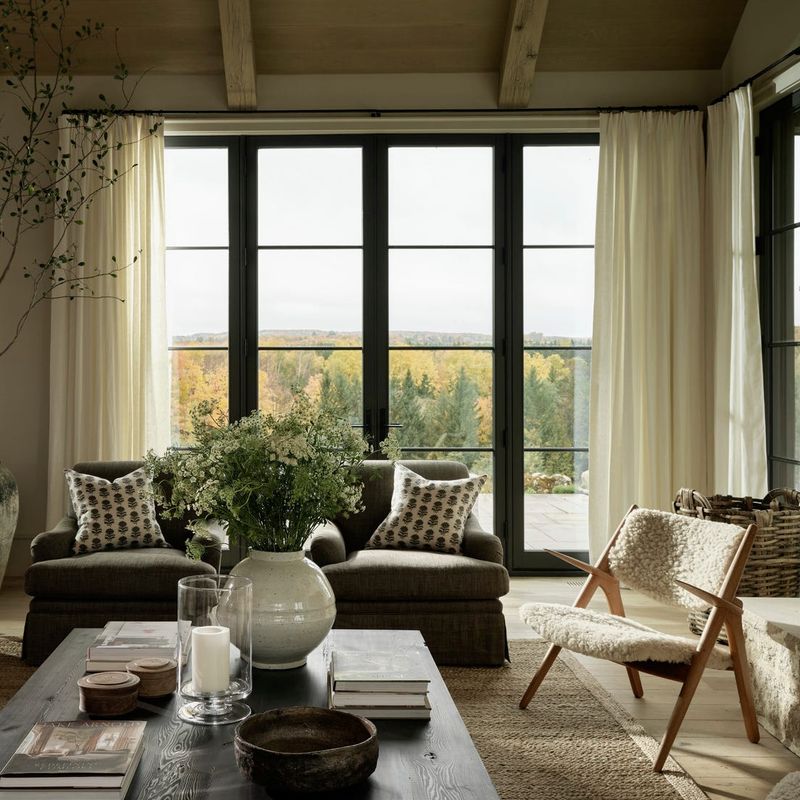
Naked windows make rooms feel unfinished, like wearing a beautiful outfit with no accessories. Proper window treatments add polish and control light like a boss.
Hanging curtains higher and wider than the actual window creates the illusion of larger windows and taller ceilings. This old designer trick works every single time.
Quality treatments also provide privacy, reduce energy costs, and muffle outside noise while adding texture and color to your walls.
6. Coffee Table Styling That Actually Functions

Your coffee table should work harder than just holding your morning mug. Strategic styling creates visual interest while keeping everyday essentials within arm’s reach.
Layer books, add a small plant, include a decorative tray for corralling remotes, and leave space for actual coffee cups or wine glasses.
The best coffee table arrangements look curated but not precious, allowing for real life while maintaining that put-together appearance guests admire.
7. Accent Walls That Add Drama Without Overwhelm

One bold wall can transform your entire room without requiring a complete makeover or second mortgage. Accent walls create focal points and add personality without overwhelming small spaces.
Choose the wall behind your sofa, fireplace, or TV for maximum impact. Bold paint, wallpaper, or even wood paneling work beautifully.
The key lies in keeping the other three walls neutral, allowing your accent wall to shine while maintaining balance throughout the space.
8. Gallery Walls That Tell Your Story
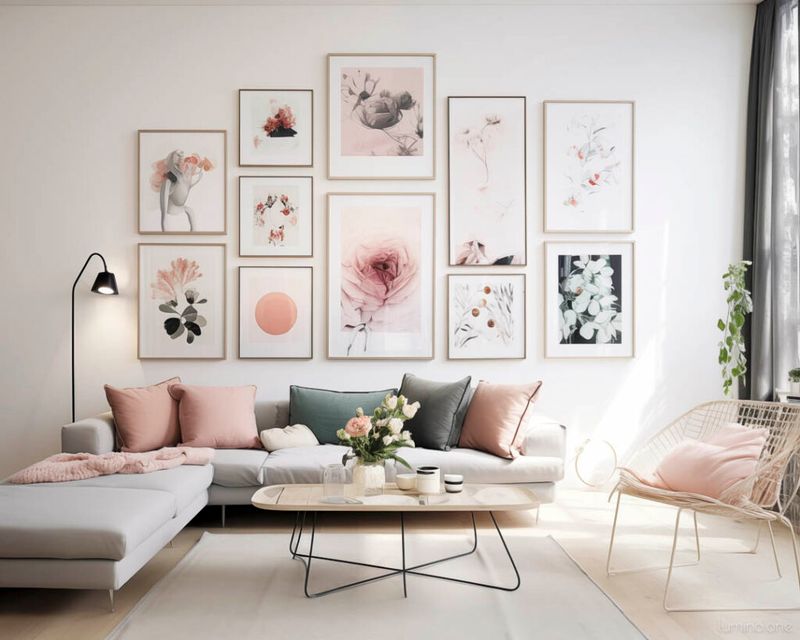
Blank walls are missed opportunities for personality and visual interest. Gallery walls let you showcase art, photos, and meaningful pieces while filling empty wall space beautifully.
Start by laying out your arrangement on the floor before committing to nail holes. Mix frame sizes and artwork types while maintaining consistent spacing.
Professional tip involves keeping a unifying element like frame color or matting style to prevent the display from looking chaotic or random.
9. Plants That Bring Life Indoors
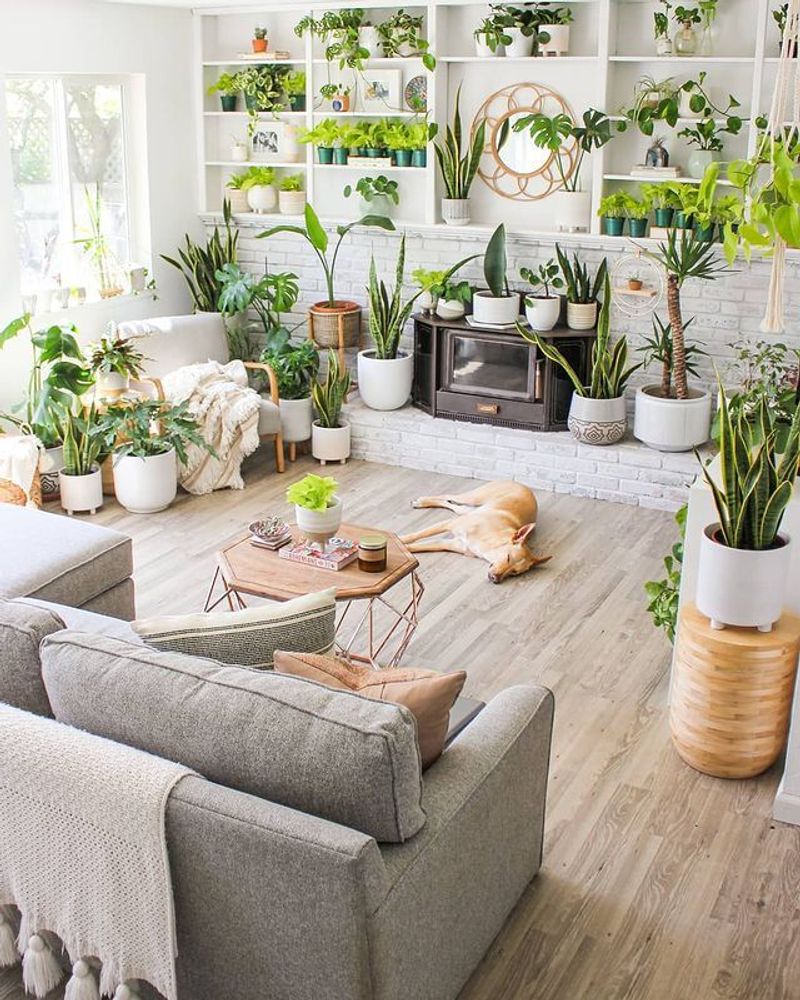
Nothing says “I have my life together” quite like thriving houseplants scattered throughout your living room. Green friends purify air while adding natural color and texture.
Choose plants that match your lifestyle and lighting conditions. Snake plants and pothos forgive neglect, while fiddle leaf figs demand more attention.
Vary plant heights and pot styles to create visual interest, placing larger specimens in corners and smaller ones on shelves or side tables.
10. Throw Pillows That Change With Your Mood

Throw pillows are the jewelry of interior design, instantly updating your room without breaking the bank or your back moving heavy furniture around.
Mix textures, patterns, and sizes for visual depth. Velvet pairs beautifully with linen, while geometric patterns complement solid colors and organic shapes.
Seasonal swaps keep your room feeling fresh year-round, transitioning from bright summer colors to cozy autumn textures with minimal effort and maximum impact.
11. Side Tables That Actually Work
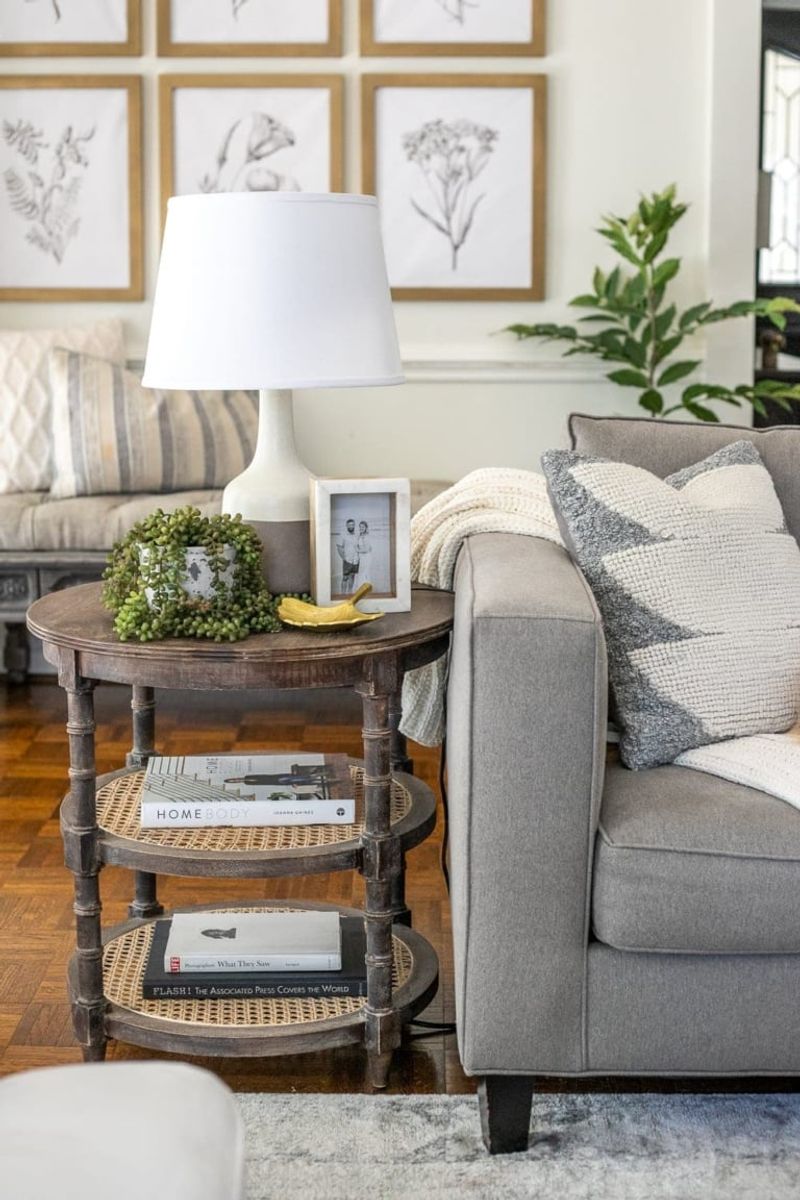
Side tables should earn their real estate by providing convenient surfaces for drinks, books, and table lamps. Height matters more than most people realize.
The ideal side table sits level with or slightly below your sofa arm, making it easy to reach without awkward stretching or bending motions.
Choose pieces with storage if space is tight, or go for interesting shapes and materials to add personality while maintaining functionality.
12. Proper Lighting Layers For Every Occasion
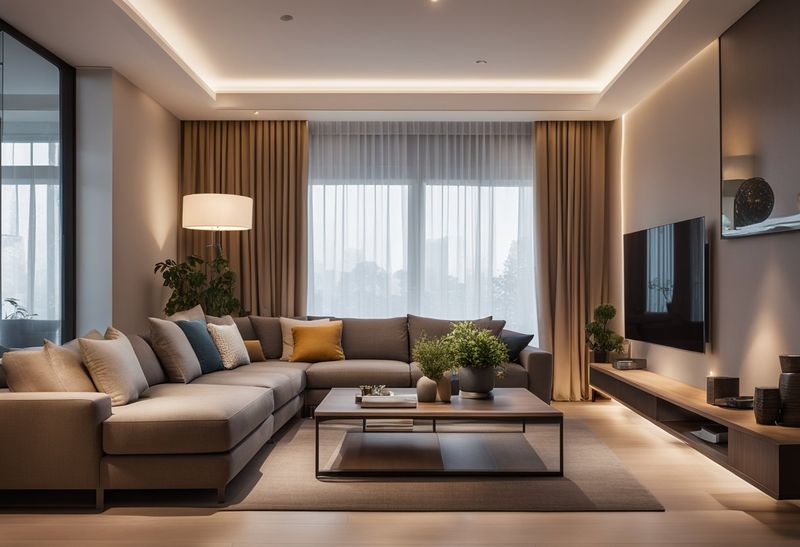
Relying on one overhead light is like wearing only one piece of clothing. Layered lighting creates ambiance and functionality for different times and activities.
Combine overhead lighting with table lamps, floor lamps, and accent lighting to create pools of light throughout the room.
Dimmer switches and multiple light sources let you adjust the mood from bright morning energy to cozy evening relaxation without changing rooms.
13. Mirrors That Expand Your Space
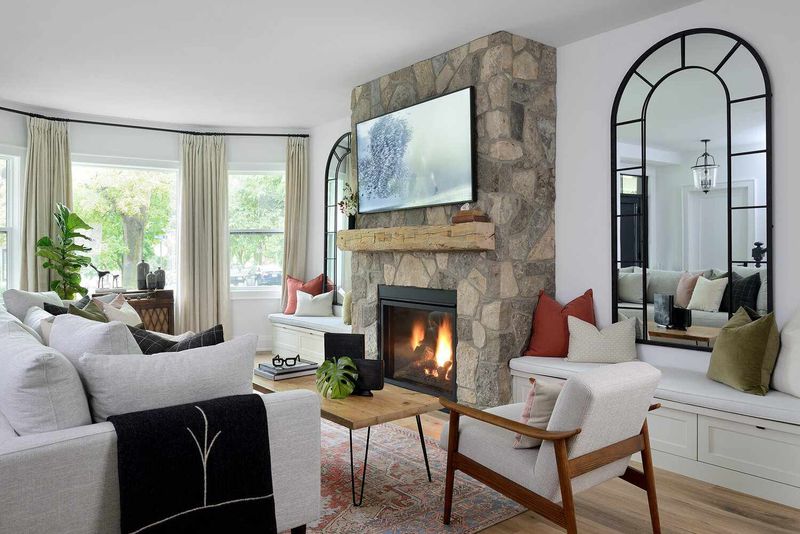
Mirrors are magicians that make small rooms feel larger and dark rooms feel brighter. Strategic placement doubles your natural light and creates visual depth.
Position mirrors opposite windows to bounce light around the room, or use them to reflect beautiful views and interesting architectural details.
Large mirrors make bold statements, while groupings of smaller mirrors create interesting wall art that serves double duty as functional decor.
14. Personal Collections That Show Your Personality
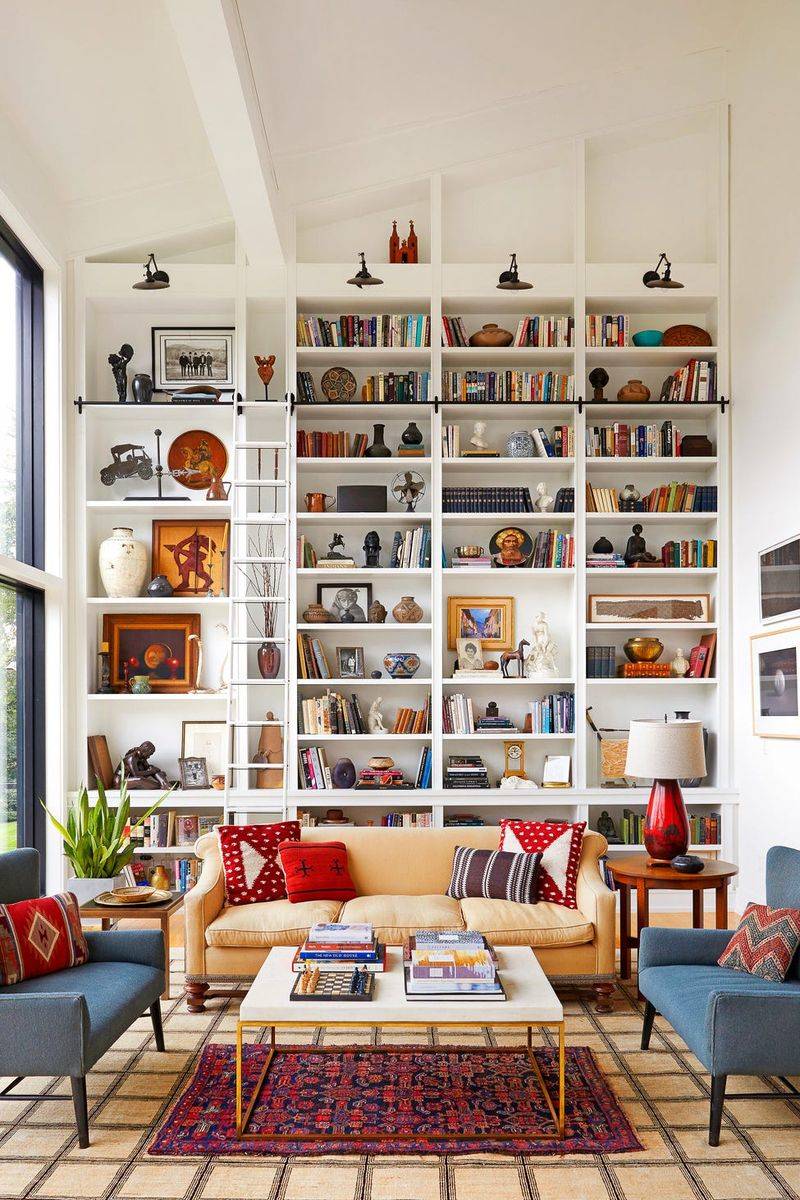
Your living room should reflect who you are, not look like a furniture store showroom. Personal collections add character and conversation starters.
Display books, vintage finds, travel souvenirs, or hobby-related items in groupings that feel intentional rather than cluttered or random.
The key involves editing your collections, showing only your favorites while storing the rest, and arranging items in odd-numbered groupings for visual appeal.
15. Flexible Furniture For Changing Needs

Life changes, and your furniture should roll with the punches. Flexible pieces adapt to different needs, from solo Netflix nights to holiday entertaining.
Ottomans double as seating and storage, nesting tables expand when needed, and modular seating rearranges for different occasions and group sizes.
Smart furniture choices mean your room works harder while taking up the same footprint, maximizing functionality without sacrificing style or comfort.
1. Textured Fabrics That Add Warmth
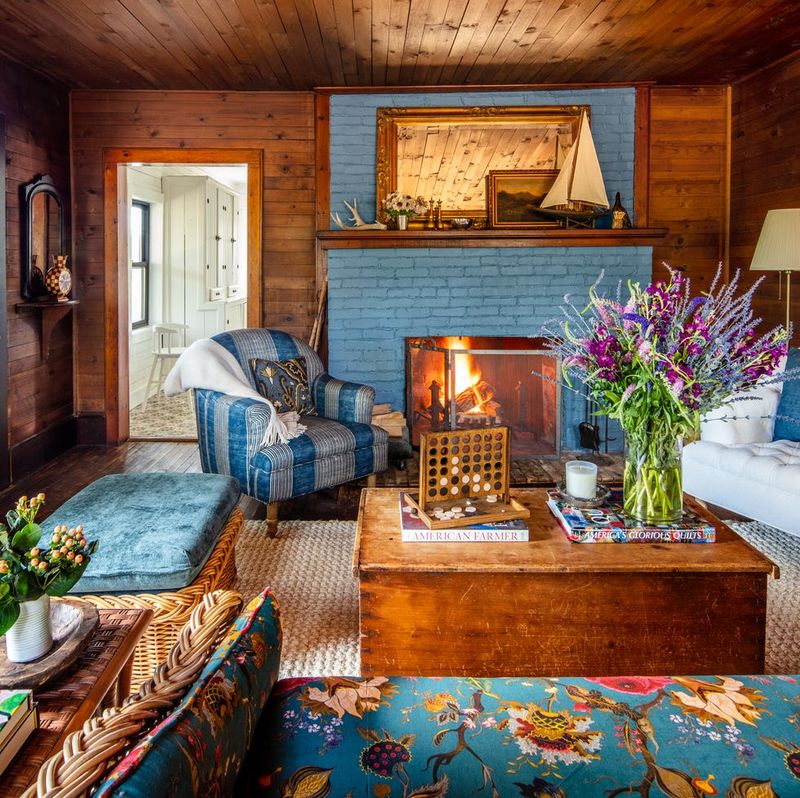
Smooth surfaces everywhere make rooms feel cold and uninviting, like waiting rooms or hotel lobbies. Varied textures create warmth and visual interest.
Layer different materials like chunky knits, smooth leather, rough jute, and soft velvet to create a room that begs to be touched.
Textural contrast prevents rooms from feeling flat, adding depth and coziness that makes guests want to settle in and stay awhile.
2. Smart Storage Ottomans Designers Actually Use

Here’s what designers really use in their own homes. Storage ottomans pull triple duty as coffee tables, extra seating, and secret hiding spots for life’s inevitable clutter.
Unlike purely decorative pieces, these workhorses store everything from throw blankets to board games while providing flexible seating for unexpected guests.
The best ones have removable tops that double as serving trays, making them perfect for casual entertaining or everyday family life.
3. Washable Slipcovers For Real Families
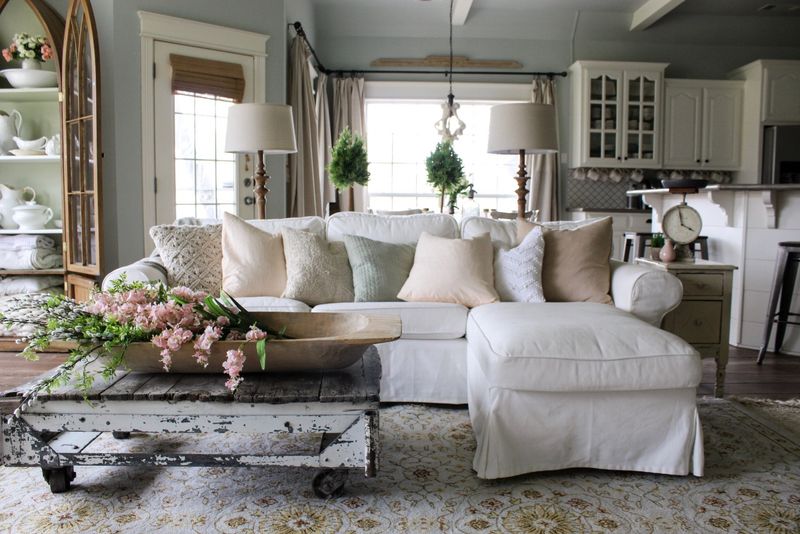
Designers with kids and pets know the truth about white sofas. Washable slipcovers let you have beautiful furniture without constant anxiety about spills and stains.
Modern slipcovers fit better than ever, looking custom rather than like furniture wearing ill-fitting clothes from the discount rack.
The freedom to throw covers in the washing machine means you can actually enjoy your furniture instead of treating it like a museum exhibit.
4. Floor Lamps That Work Around Furniture

When side table space is precious, floor lamps become your best friends. Designers use them to add light without sacrificing surface area for drinks and books.
Position them behind sofas or beside chairs where they provide perfect reading light without cluttering up your carefully styled coffee table.
The right floor lamp adds height variation to your room while solving practical lighting needs, proving that functional can absolutely be beautiful.
5. Neutral Base With Pops Of Color

Designers’ personal spaces often follow this foolproof formula. Neutral backgrounds provide longevity while colorful accessories add personality and can change with trends or seasons.
Beige doesn’t have to be boring when you add jewel-toned pillows, vibrant artwork, or a statement plant in a colorful pot.
This approach lets you experiment with color without commitment, swapping out accessories when you crave something new or different.

